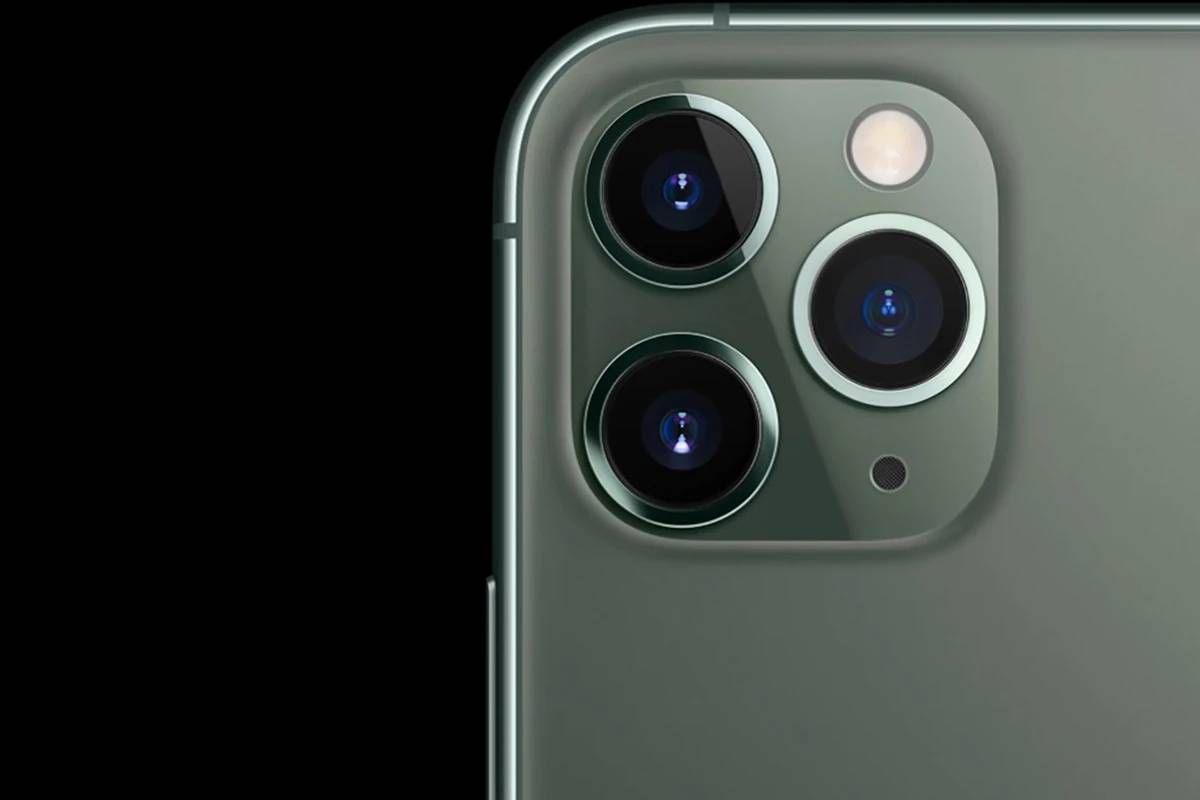

Are you frustrated with your iPhone camera not functioning properly? Don’t worry, we’ve got you covered. Let’s learn more about this topic below with Level Devil. In this comprehensive guide, we’ll explore various iPhone camera issues and provide step-by-step solutions to get your camera back up and running in no time.
The iPhone camera is renowned for its exceptional quality and user-friendly interface. However, like any technology, it can encounter problems from time to time. Understanding the root causes of these issues is crucial for effective troubleshooting. Some common camera problems iPhone users face include a black screen when opening the camera app, blurry photos, or the camera simply refusing to open.
One of the primary reasons for camera malfunctions is software glitches. These can occur due to outdated iOS versions, conflicting apps, or temporary system errors. Hardware issues, though less common, can also be the culprit. Physical damage, water exposure, or worn-out components may lead to camera failures. Additionally, storage-related problems, such as a full iPhone memory, can prevent the camera from functioning correctly.
It’s important to note that while some issues may seem alarming, many can be resolved with simple fixes that don’t require professional intervention. By following the troubleshooting steps outlined in this article, you can potentially save time and money on unnecessary repairs. Remember, patience and a systematic approach are key when dealing with technical issues.
Before diving into more complex solutions, let’s explore some quick fixes that can often resolve iPhone camera issues. These simple steps can be performed by anyone, regardless of their technical expertise.
First, try force closing the camera app and reopening it. To do this, swipe up from the bottom of the screen (or double-click the home button on older models) to access the app switcher. Find the camera app and swipe it up to close it. Then, reopen the app and see if the problem persists.
If that doesn’t work, a quick restart of your iPhone might do the trick. Hold down the power button and either volume button until the “slide to power off” option appears. Slide to turn off your device, wait a few seconds, then turn it back on. This simple action can often clear temporary glitches affecting the camera.
Another effective method is to reset all settings on your iPhone. This won’t delete your data but will restore all settings to their default state. Go to Settings > General > Reset > Reset All Settings. Enter your passcode when prompted, and confirm the action. After the reset, check if the camera is functioning correctly.
Ensuring your iPhone has enough storage space is crucial for proper camera operation. Go to Settings > General > iPhone Storage to check your available space. If it’s running low, consider deleting unnecessary apps, photos, or videos to free up some room. Level Devil recommends maintaining at least 1GB of free space for optimal performance.
If the quick fixes didn’t resolve your iPhone camera issues, it’s time to explore more advanced troubleshooting techniques. These methods require a bit more time and effort but can often solve persistent camera problems.
Keeping your iPhone’s operating system up to date is crucial for maintaining optimal performance, including camera functionality. Apple regularly releases updates that address bugs and improve overall system stability. To check for updates, go to Settings > General > Software Update. If an update is available, download and install it. This process may take some time, so ensure your iPhone is connected to a stable Wi-Fi network and has sufficient battery life or is plugged into a power source.
Sometimes, third-party apps can interfere with the iPhone’s camera functionality. To determine if this is the case, try using your camera in Safe Mode. To enter Safe Mode, turn off your iPhone completely. Then, turn it back on and immediately press and hold the volume down button until the Apple logo appears. In Safe Mode, only essential Apple apps are loaded. If your camera works fine in this mode, it’s likely that a third-party app is causing the issue. Systematically uninstall recently downloaded apps to identify the culprit.
While it may seem unrelated, network issues can sometimes affect camera performance. Resetting network settings can help resolve these problems. Go to Settings > General > Reset > Reset Network Settings. This action will erase all saved Wi-Fi passwords and cellular settings, so be prepared to re-enter this information afterward.
If you’re using a VPN on your iPhone, try disabling it temporarily. Some VPNs can interfere with system processes, including the camera. Go to Settings > General > VPN & Device Management and toggle off any active VPN connections. Test your camera again to see if this resolves the issue.
If you’ve tried all the software-based solutions and your iPhone camera is still not working, the problem may be hardware-related. While some hardware issues can be addressed at home, others require professional assistance. Let’s explore some hardware-related solutions and discuss when it’s time to seek expert help.
One common hardware-related issue is a dirty camera lens. Over time, dust, debris, and fingerprints can accumulate on the lens, affecting image quality or even preventing the camera from focusing properly. Gently clean the lens using a soft, lint-free cloth. For stubborn smudges, slightly dampen the cloth with distilled water or use a specialized lens cleaning solution. Be careful not to get any moisture inside the phone.
If your iPhone has been exposed to water, it may cause camera malfunctions. While newer iPhone models are water-resistant, they’re not completely waterproof. If your phone has gotten wet, power it off immediately and place it in a bag of uncooked rice or silica gel packets for at least 48 hours to absorb any moisture. After this period, try turning it on and testing the camera.
Sometimes, the camera issue may be related to a loose connection inside the device. While it’s not recommended to open your iPhone yourself, you can try gently tapping the back of the phone near the camera module. This may help reseat any loose connections. However, be cautious not to apply too much force, as this could cause further damage.
If none of these solutions work, or if you notice physical damage to your iPhone’s camera lens or surrounding area, it’s time to seek professional help. Apple offers various support options, including in-store appointments at Apple Stores or authorized service providers. You can also contact Apple Support online or by phone to discuss your options.
Before seeking professional help, check your iPhone’s warranty status. If your device is still under warranty or covered by AppleCare+, repairs may be free or offered at a reduced cost. To check your warranty status, go to Settings > General > About and tap on the serial number. You can then enter this number on Apple’s warranty status page.
It’s important to note that attempting to repair hardware issues yourself can void your warranty and potentially cause more damage. If you’re unsure about any step or feel uncomfortable performing a repair, it’s always best to consult with a professional.
Level Devil recommends documenting the steps you’ve taken to troubleshoot the issue before seeking professional help. This information can be valuable to technicians and may help expedite the repair process. Take screenshots of error messages, note any specific symptoms you’ve observed, and list the troubleshooting steps you’ve already attempted.
In some cases, if your iPhone is older or the repair costs are significant, it may be more economical to consider upgrading to a new device. Apple offers trade-in programs that can help offset the cost of a new iPhone. Additionally, newer models often come with improved camera technology and features that you might find beneficial.
Remember, a properly functioning camera is an essential part of the iPhone experience. Whether you use it for capturing precious moments, creating content for social media, or for work-related tasks, ensuring your camera is in top condition is crucial. By following the steps outlined in this guide and seeking professional help when necessary, you can resolve most iPhone camera issues and get back to enjoying all the photographic capabilities your device has to offer.
In conclusion, while iPhone camera issues can be frustrating, there are numerous solutions available, ranging from simple restarts to more advanced troubleshooting techniques. By approaching the problem systematically and being patient, you can often resolve camera malfunctions without the need for professional intervention. However, don’t hesitate to seek expert help if you’ve exhausted all options or suspect a hardware issue. With proper care and maintenance, your iPhone camera can continue to capture life’s moments in stunning detail for years to come.